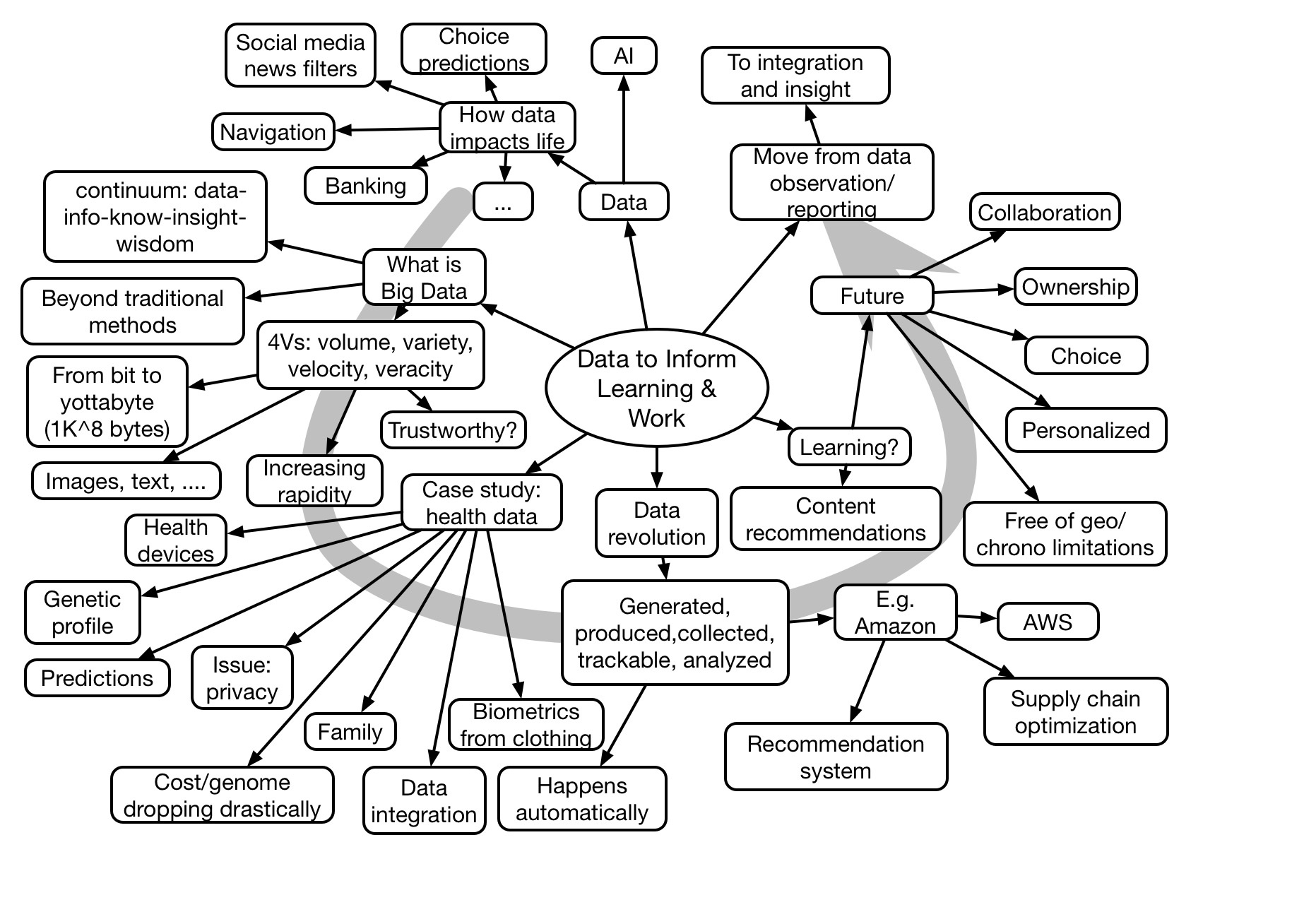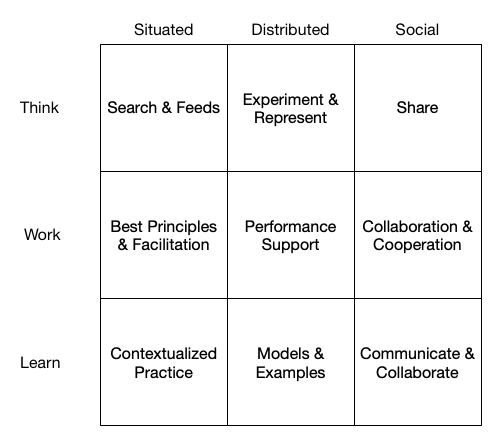My post last week was on trust, and it triggered a question on LinkedIn: “Do you have any tips, processes, models, suggestions, etc. for building trust within a team?” And while I wrote a short response there, I thought it would be worth it to expand on it. So here’re some thoughts on building trust.
First, there was a further question: “You mentioned that it started with credentials. For example, did you all take turns going around and introducing yourselves?” No, it wasn’t introducing ourselves. Potential new candidates are scrutinized in a call, so existing members are aware of new members’ capabilities. In my case, I looked them up, or more usually their activities emerged in conversation. It develops authentically.
The most important thing was that there were activities underway, and people were contributing in an open, constructive, non-personal way. There’s a focus on reinventing the organization, and an important activity underway was using the Business Model Canvas as a framework to explore opportunities. The activity was led by one of the team whose experience became abundantly clear, for example.
There also was acknowledgement of others’ contributions. Conversations would reference and build upon what others said. It was an implicit ‘yes and’, but also an occasional ‘but what about’. That is, we were free to present alternative viewpoints. Sometimes they resolve and other times it’s ok to leave them hanging in the moment. The only agenda is the common good.
One critical element is that the leaders are very unassuming and solicitous of input, as well as sharing lessons learned. There is a lot of sharing of experience, connections, and more. There’re also personal notes about travel, concerns, and more. It’s very ‘human’.
It quickly was obvious that the group was a safe place where people had a shared goal but were also diverse. We’re diverse in geography, race, gender, and role, which forms a strong basis for good outcomes. The culture’s established, and we naturally align. As Mark Britz says, we follow the systems, but they’re right from the start.
It goes back to the learning organization dimensions, particularly the environment: open mind, valuing diversity, time for reflection, and psychological safety. When it’s lived, it works. And that’s what’s happening. When you’re focused on building trust, get the culture right, and the rest follows.



